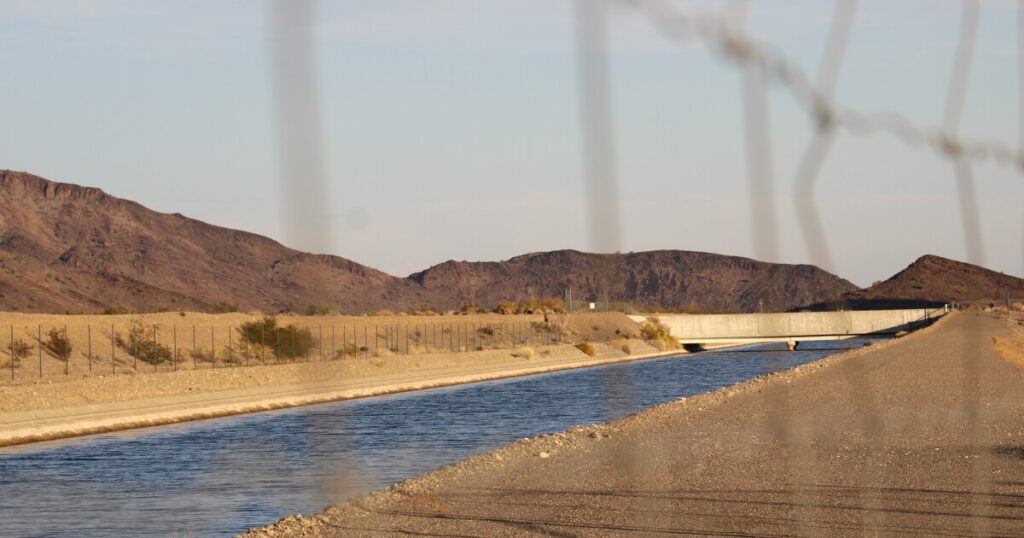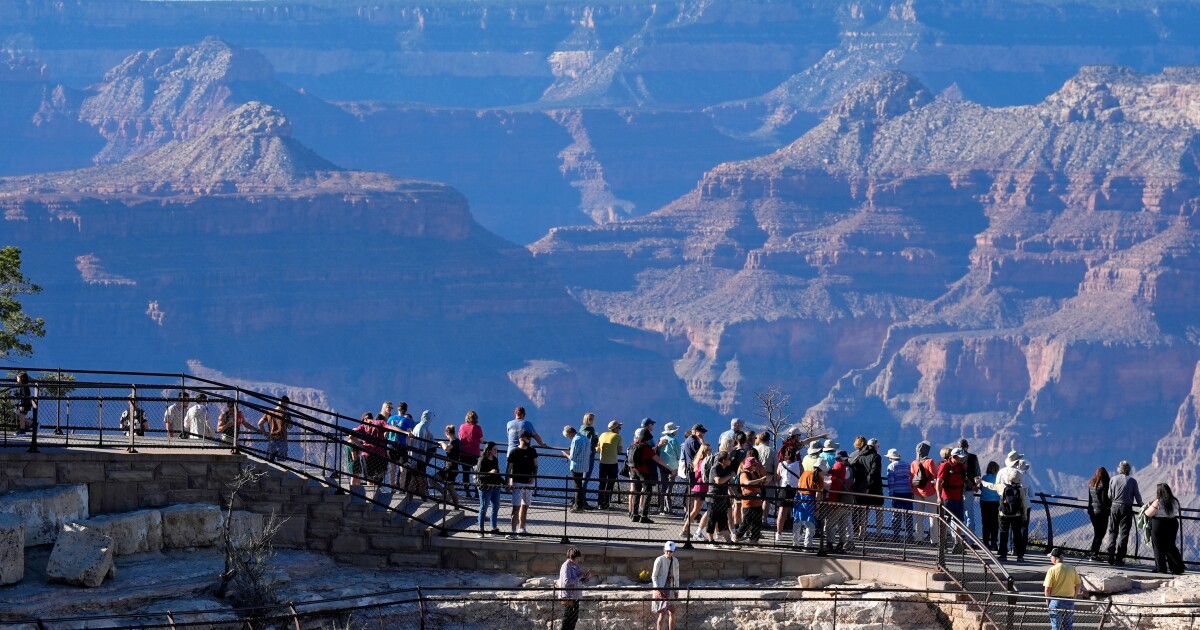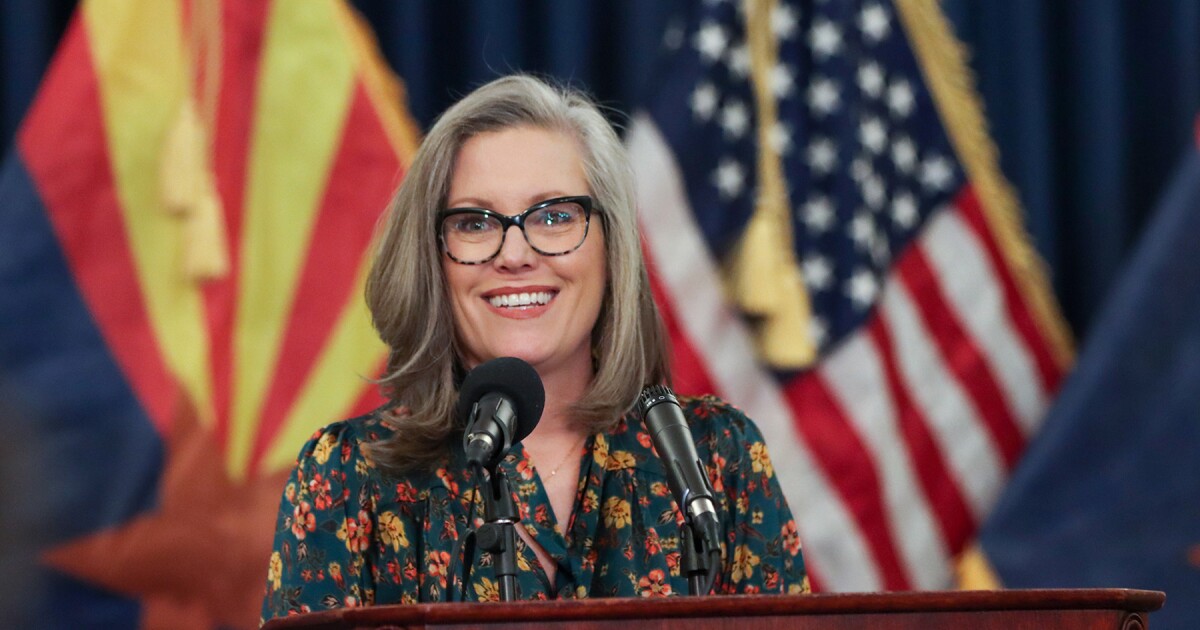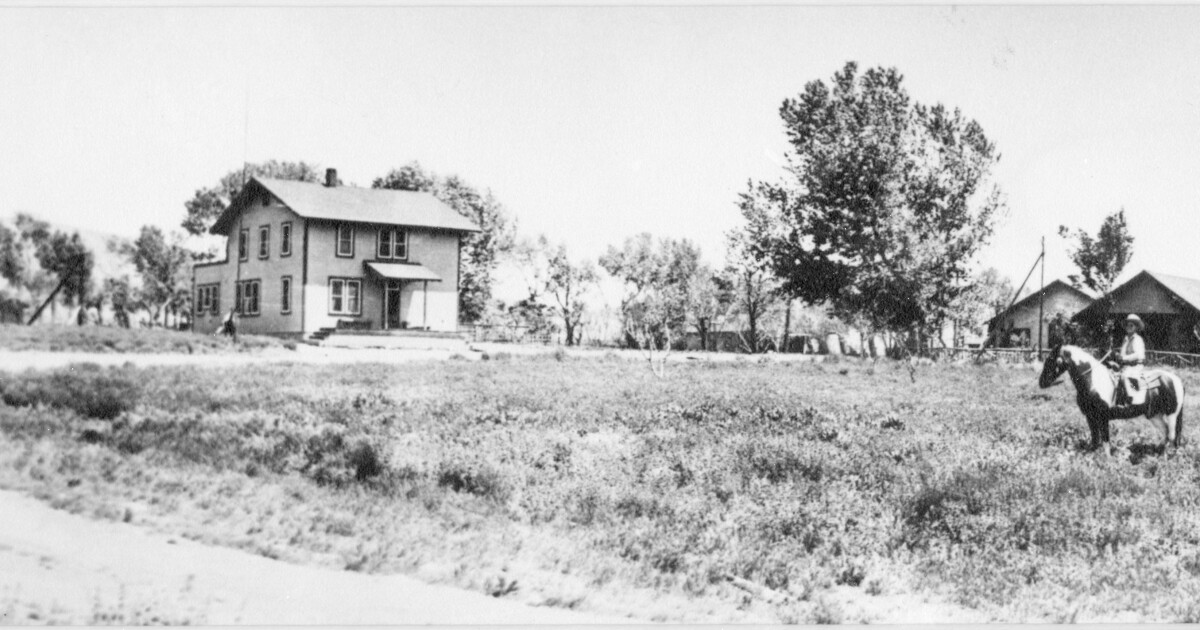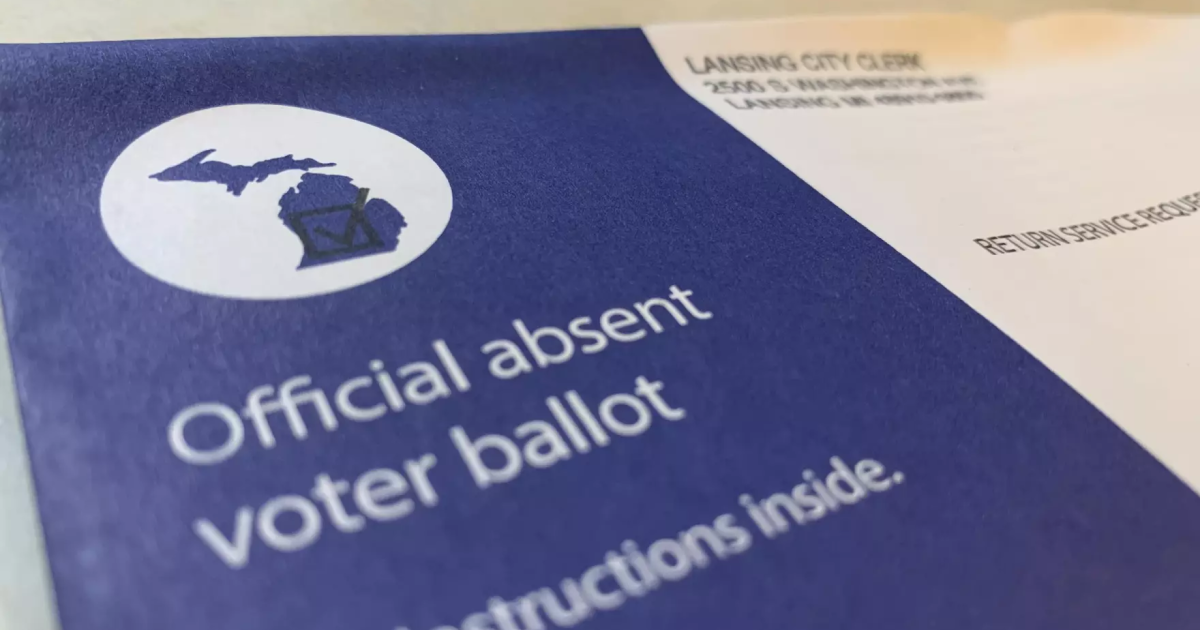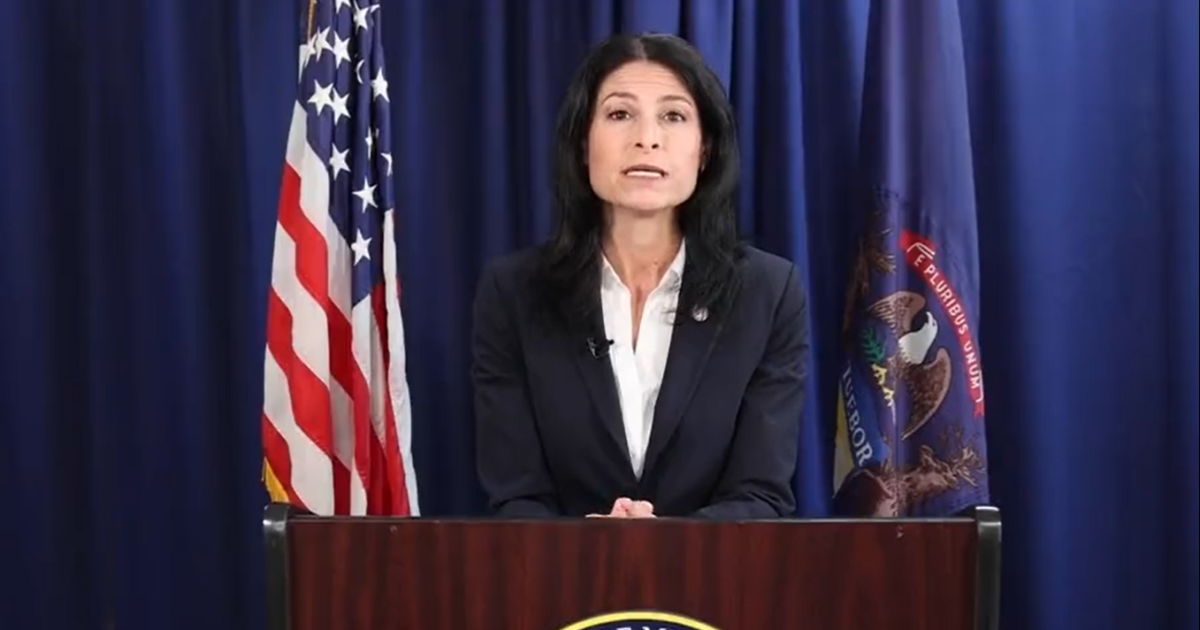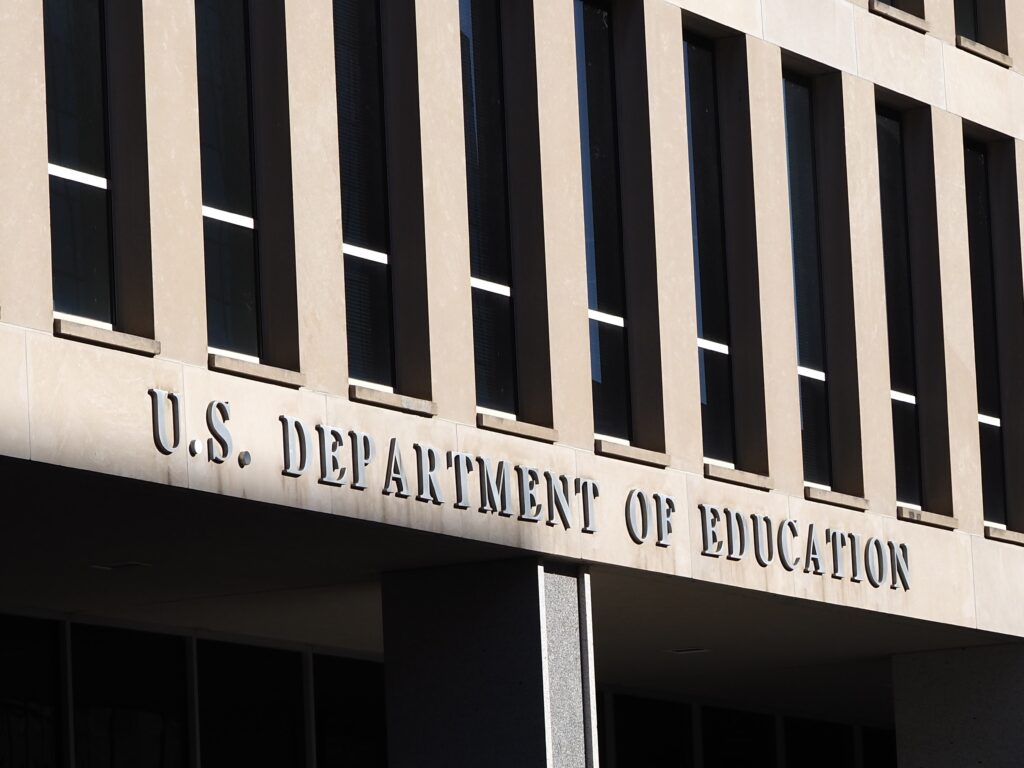Colorado River’s Ongoing Struggles: Drought Persists and Reservoir Levels Plummet
The Colorado River, a crucial water source for nearly 40 million residents across the Southwest, continues to suffer from prolonged drought, exacerbated by climate change and relentless demand. Recent data from the Bureau of Reclamation reveals dwindling water inflow and declining levels at Lake Powell and Lake Mead, the country’s two largest reservoirs.
Entering 2026 under a “Tier 1 Shortage,” states like Arizona and Nevada will experience mandatory water supply reductions. Although these cutbacks may pose challenges, they have become a familiar occurrence since the first declaration of shortage conditions in the lower Colorado River basin in 2021.
Water agencies are taking proactive steps to mitigate the impact of these reductions. Major water users highlight their conservation measures, while municipalities at risk of permanent water use reductions are investing hundreds of millions of dollars in systems designed to handle reduced water deliveries in the future. Conservation efforts are being widely promoted.
Upstream, Lake Powell’s water levels are alarmingly low, standing at just 27% full by year’s end, according to the latest federal data. This situation poses a potential threat to the pipes that channel water through hydropower generators at the dam, which could jeopardize electricity supply for millions across seven states as early as November 2026. Dropping levels there are a cause for concern.
With current water management guidelines set to expire in 2026, policymakers face increasing pressure to establish new strategies to address ongoing dry conditions. According to Cynthia Campbell, director of a water policy research center at Arizona State University, there has been a “gambling” mentality among policymakers, assuming water levels would naturally rise again.
“If they were betting on that,” she remarked, “Then they’re losing, because it is continuing to march on. Mother Nature is continuing to march on, and we’re continuing to see declines in the system.”
Despite some progress in negotiations, significant efforts are still required to ensure long-term system stability. Campbell further emphasized the need for decisive action, stating, “We have yet to see any courage in the sense of making choices that will bolster long-term system reliability.”
The forecast remains bleak, as climate scientists indicate that the dry conditions are likely to persist due to a warming climate impacting water availability in the region. Reducing demand appears to be the only viable solution to mitigate this ongoing challenge. For more information on drought tracking, visit this resource.
This article is part of a series on water issues in the West, provided by KUNC in Colorado and supported by the Walton Family Foundation. KUNC is solely responsible for its editorial content.
—
Read More Arizona News

